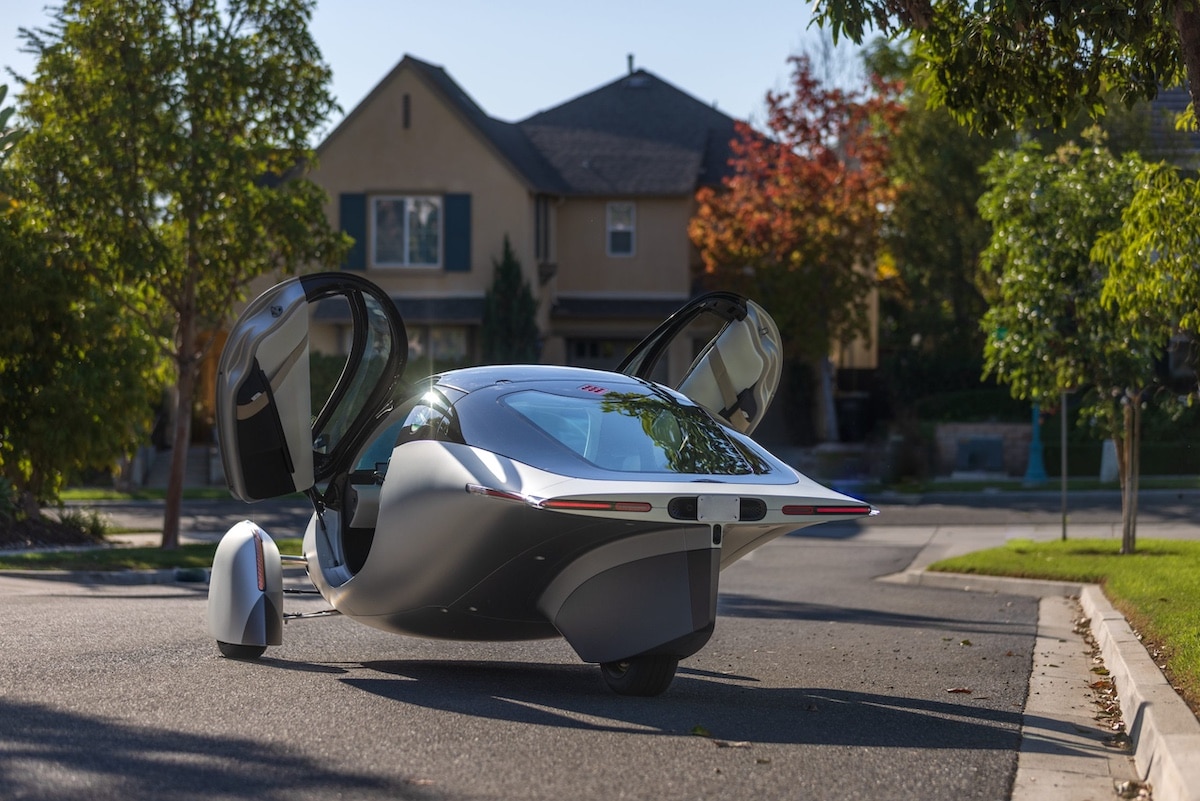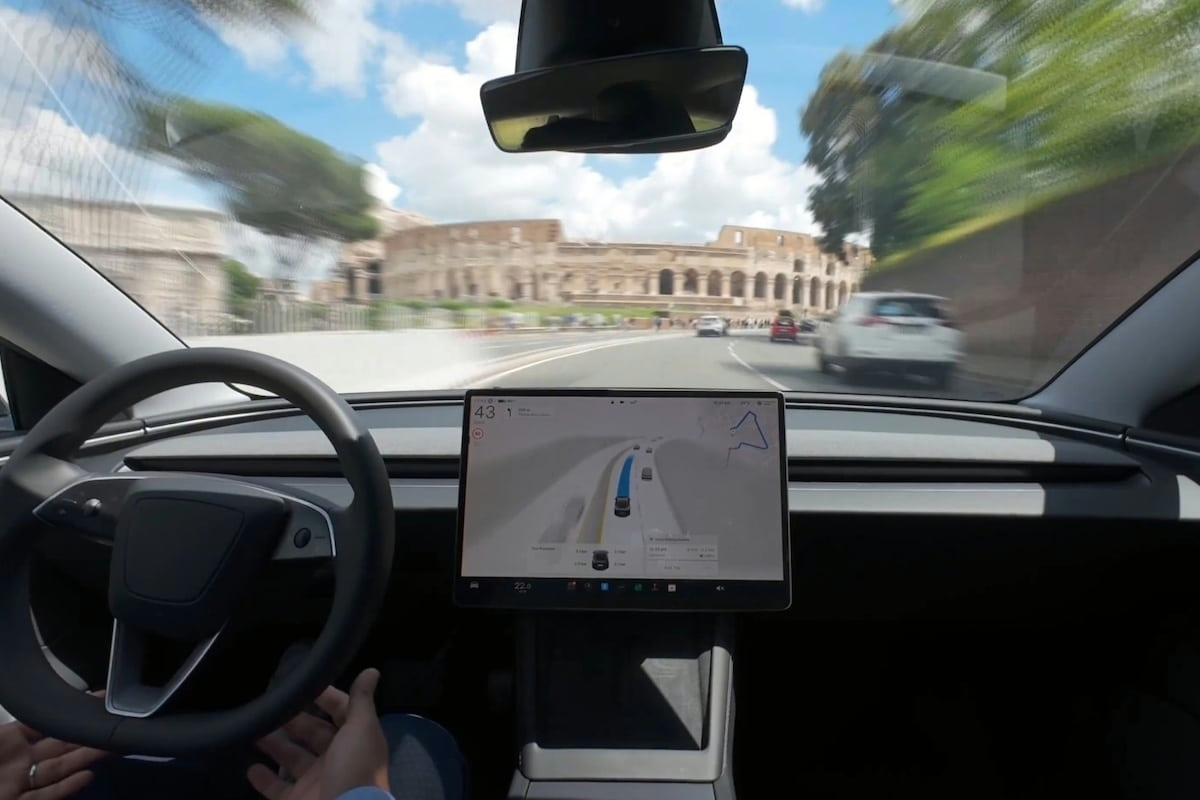The Elegance of the Useless: Aptera’s Solar Car

This week at CES in Las Vegas, Aptera introduced what it claims is the first “production-ready” solar electric vehicle.
Aptera’s project is based on solid foundations, notably thanks to a collaboration with Pininfarina. According to its creator, the car does not need to be plugged in for daily trips thanks to solar energy. The effort is commendable, but we remain perplexed by such a feat of practical inefficiency.
According to the Californian startup, the car can travel up to 64 kilometers per day solely thanks to the sun, which would cover the average daily needs of an American (about 60 km). Certainly, on paper, this may impress. But the reality is quite different because this range depends on optimal sunlight, a situation far from guaranteed for most users, especially in winter or in cloudy climates.
For longer trips or in bad weather, the vehicle can be recharged, offering up to 643 km of range after one hour of charging, according to Aptera. Besides the fact that this figure is completely ridiculous, it only adds to the questions. Why choose a vehicle so fragilely dependent on weather conditions when other electric options are much more reliable and versatile? It makes sense, but such logic in the automotive industry…
The vehicle sports an ultra-aerodynamic teardrop shape, perfected in Pininfarina’s wind tunnel in Turin. With its three wheels and two seats, Aptera claims a “drag coefficient close to that of an airplane,” but refuses to provide concrete numbers. The body is made from molded carbon fibers, allowing for a lightweight construction. The manufacturing process, entrusted to prestigious subcontractors such as CPC Group (collaborating with Ferrari and Lamborghini), leaves no doubt about the care taken in design. But this technical refinement seems here to serve a very questionable purpose.



The teardrop design, intended to maximize aerodynamic efficiency, sacrifices practicality. The vehicle only seats two passengers, and its cramped interior excludes any significant cargo capacity. In other words, forget shopping trips or a weekend for two; this car is as minimalist as its utility. Furthermore, with only three wheels, the very philosophy of the vehicle imposes strict performance limits. Its design does not allow high speeds safely. Ultimately, this “technological gem” is no more efficient than a license-exempt microcar, yet it costs much more.
With such technology, its price far exceeds what an average car owner can afford, clearly targeting an affluent clientele, attracted by the idea of a rare and “visionary” car. But in practice, this Aptera struggles to find a clear justification. Low solar range, limited cargo capacity, restricted space… its so-called “advantages” are overshadowed by concrete disadvantages.
Even the ecological argument has its limits. The extensive use of materials like carbon fibers, and the complexity of manufacturing, raise questions about the real environmental benefit compared to widely available traditional electric vehicles today.
Aptera, reborn after bankruptcy in 2011, seems determined to pursue its dream of solar mobility. With 50,000 pre-orders in 2024, the startup claims to embody the future of sustainable mobility. But upon closer inspection, this project appears more as a technological manifesto than a genuine solution for the energy transition.
READ ALSO: Behind the scenes of the Dakar 100% Renewable Energy with AUTOhebdo and Roole
This page is translated from the original post "L’élégance de l’inutile avec la voiture solaire d’Aptera" in French.
We also suggestthese articles:
Also read






